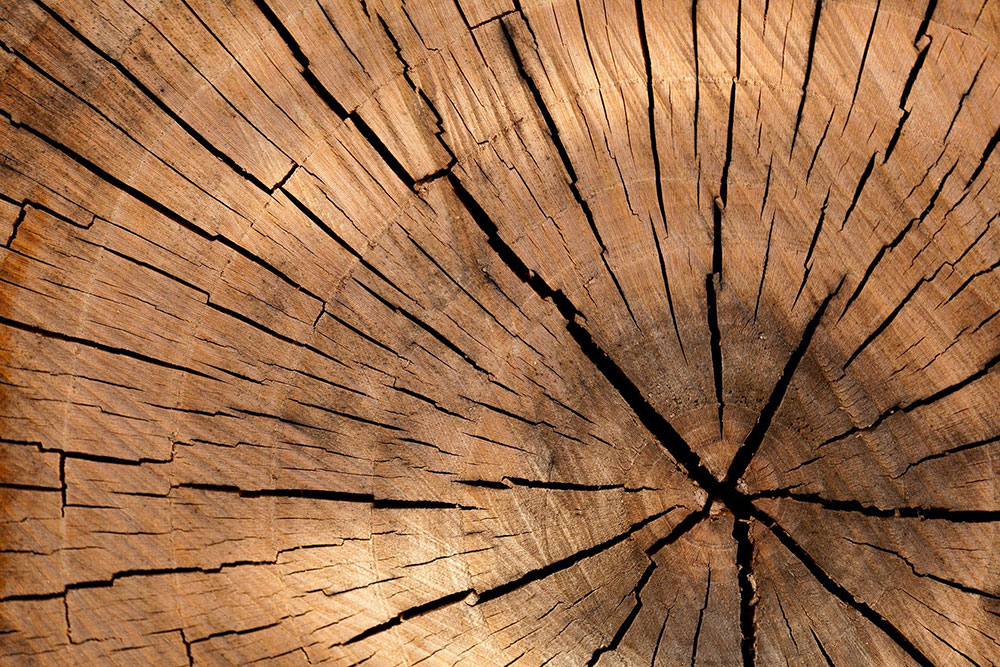Blog

MOST HOMEOWNERS CAN’T PROPERLY ASSESS DAMAGE TO THEIR TREES
GAINESVILLE, Fla. — The next time a storm tears up your yard, let an expert assess the damage to any trees. A study from the University of Florida Institute of Food and Agricultural Sciences shows that homeowners perceive the risk of a damaged tree differently than trained professionals. The survey of tree experts and homeowners in the Tampa Bay area assessed the perceptions of both groups when it came to assessing tree damage, said Andrew Koeser, an assistant professor in environmental horticulture and study author. “While there are a number of factors tied to tree risk, most respondents were fixated on tree defects,” Koeser said. “Only experienced professionals considered other pertinent factors—namely whether the tree was actually a threat to a person, vehicle or house.”
Koeser showed photos of trees to more than 90 people and asked them to give a gut-level rating of risk. The trees in the photographs varied by species, condition, size and location in relation to a target, as well as other factors that relate to the true risk posed by a tree.
Homeowners must take all this into account when they decide whether to repair a damaged tree or cut it down. Property owners have good reason to worry. Damage caused to trees by severe weather accounts for more than $1 billion in property damage in the U.S. each year, according to the National Storm Damage Center, a consumer advocacy group that helps property owners before and after violent storms.
Still, Koeser said it is better to leave assessment of tree damage to an experienced professional. “I would rather not have homeowners assess risk,” said Koeser, a faculty member at the Gulf Coast Research and Education Center in Balm, Florida, part of UF/IFAS. “It is something they should think about, but a professional should go to the person’s home to decide how to deal with the damaged tree. The question really is ‘What do professionals and non-professionals consider when they start thinking about tree safety?”
There are two risks associated with a tree: its real risk to nearby “targets,” such as cars, structures and people, and its perceived risks. Koeser wanted to assess perceived risk – as he puts it, “how risky we think a tree is.”
“Sometimes the perceived risk associated with a tree is close to its actual risk. Sometimes the two are way off,” he said. “In the latter case, a structurally sound tree may be unnecessarily removed out of fear or a truly hazardous tree may not be managed as it should be, removed or supported in some manner.”
Koeser’s study is published in the journal Urban Forestry & Urban Greening. Koeser urges homeowners to look for tree defects, including abnormal growth patterns, decay or other conditions that reduce a tree’s structural strength.
“Taking time to look at your tree’s crown, main structural branches, trunk and roots can reveal a great deal about the current health and structural integrity of a tree,” he said. “If you find easily recognizable defects like dead and falling branches, cavities, or newly-formed leans on a tree around your home, you should consider having the tree examined by a qualified arborist.”
Tree risk assessment is relevant for homeowners year-round. But it becomes even more of a concern during the tropical storm season, Koeser said. “That said, not every tree is a risk. Trees have the ability to live for decades or centuries,” he said. “Prematurely cutting them down out of fear without justification is tremendous loss. Our research shows that experienced arborists are best equipped to provide a thorough assessment.”
Cited: A Publication of the Florida Chapter ISA www.floridaisa.org Volume 18, Number 4, Winter 2015, Pages 1 & 5
By: Brad Buck, bradbuck@ufl.edu
Source: Andrew Koeser, akoeser@ufl.edu
Put Your Trees In Capable Hands
Call on a licensed, insured, and certified arborist for tree prevention services
"Tree Doctor" Consulting fees are $150 for the hour on property to evaluate your tree and landscape.
Contact Us:
Website: www.orlandotreeconsulting.com
E-mail: info@orlandotreeconsulting.com
Phone Number: 407-476-9444


